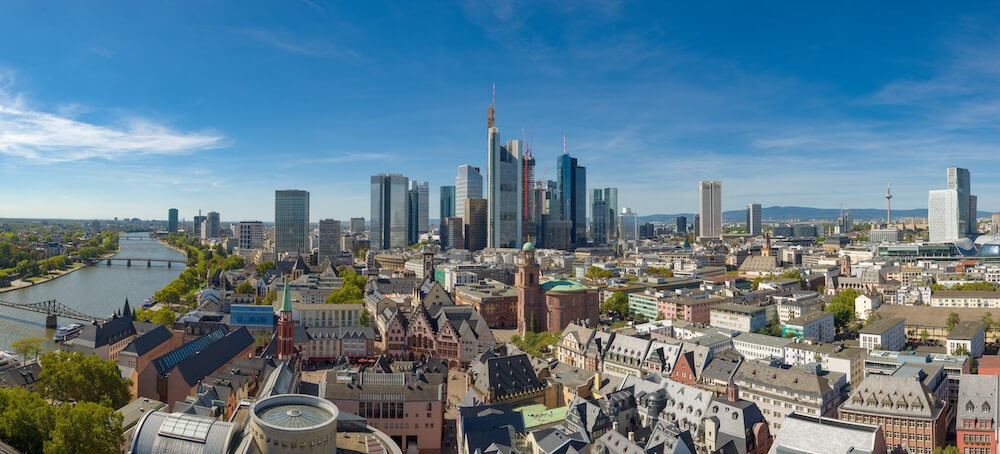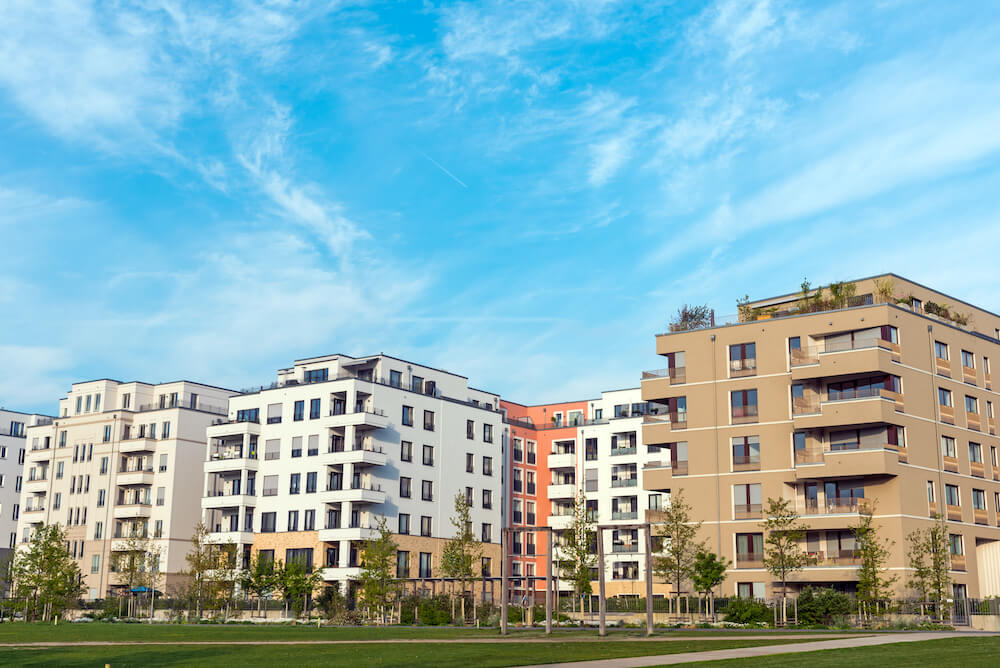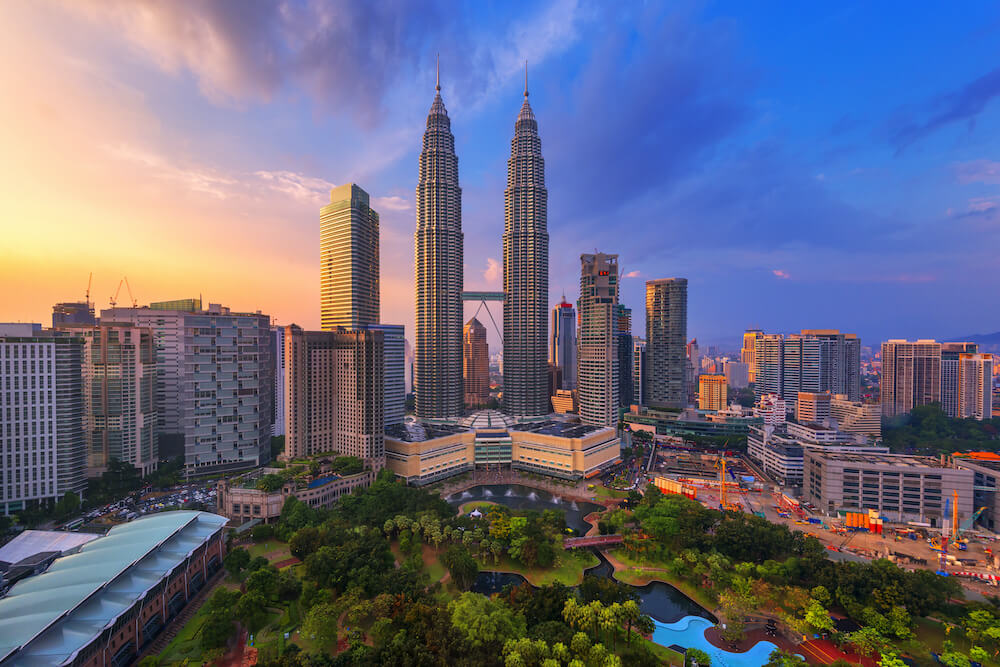Skyscrapers: why are we still building them?
For many of us, high-rise buildings are a natural detail of any cityscape, yet it wasn’t the case a century and a half ago. Let’s look at how we imagine our cities differently.

How skyscrapers redefined our cities
Imagine a city of the 21st century. What is the image in your brain? If we use a cold statistical approach, a vast majority of structures in any municipality belong to typical urban blocks, almost indistinguishable from place to place: think Rio, Berlin, or every post-Soviet town. They are relatively cheap, easy to plan and recreate, and convenient to live in.

But our brains like outliers. And it’s the out-of-the-ordinary buildings that define any city in our minds. Some old towns, especially in Europe, have their old districts with awe-inspiring facades; others boast relatively modern eclectic buildings. But probably the first thing that comes in association with cities and cityscapes are skyscrapers.
When someone asks you about Kuala Lumpur (and you don’t live there)—you probably remember the Petronas Towers. The image of the New York City skyline, lined with high-rises, is firmly entrenched in our minds. How would you describe Dubai in one word? Our guess: either money or—a skyscraper.

In recent years, many studies have scrutinized skyscrapers as our urban building practice: they are inefficient and costly both in construction and maintenance compared to low- and middle-rise city sprawl. They’re not eco-friendly, they require many materials, water, and energy. Mostly luxury units, they create social inequality and even sometimes affect us negatively on a psychological level. Burj Khalifa, the world’s tallest building at 828 m (2,717 ft), is not hooked up to the municipal wastewater system. Therefore, all sewage is collected and literally trucked out from the spot every day.
We may not like high-rises; the place you live in might have a few of them or even don’t have any. However, despite all their disadvantages, skyscrapers symbolize the whole city or even the country. They’re built to show wealth, prestige, and industrial progress—and they export this image worldwide. And literally, the sky’s the limit. The Empire State Building in New York is such a popular spot to get married on Valentine’s Day, that there is a special contest to select lucky couples.
High-rise development was primarily created for a corporate world. By the end of the 19th century, the United States witnessed the rise of urban commerce. Consequently, there was a need for more business space in city centers. Since then, having an office in a skyscraper has been a sign of status and prosperity.
So, the question is: how did skyscrapers acquire this symbolic meaning and become a postcard of the city? Are they all the same—or different around the world?
What is a skyscraper and how did it all start?
Traditionally, buildings have been made of cement, brick, stone, etc.—so the walls were heavy. And to pull these structures high, the architects had to make super thick walls and tiny windows. It was not very practical to build high. For a long time, temples, churches, and cathedrals have undisputedly been the tallest buildings in the world.

